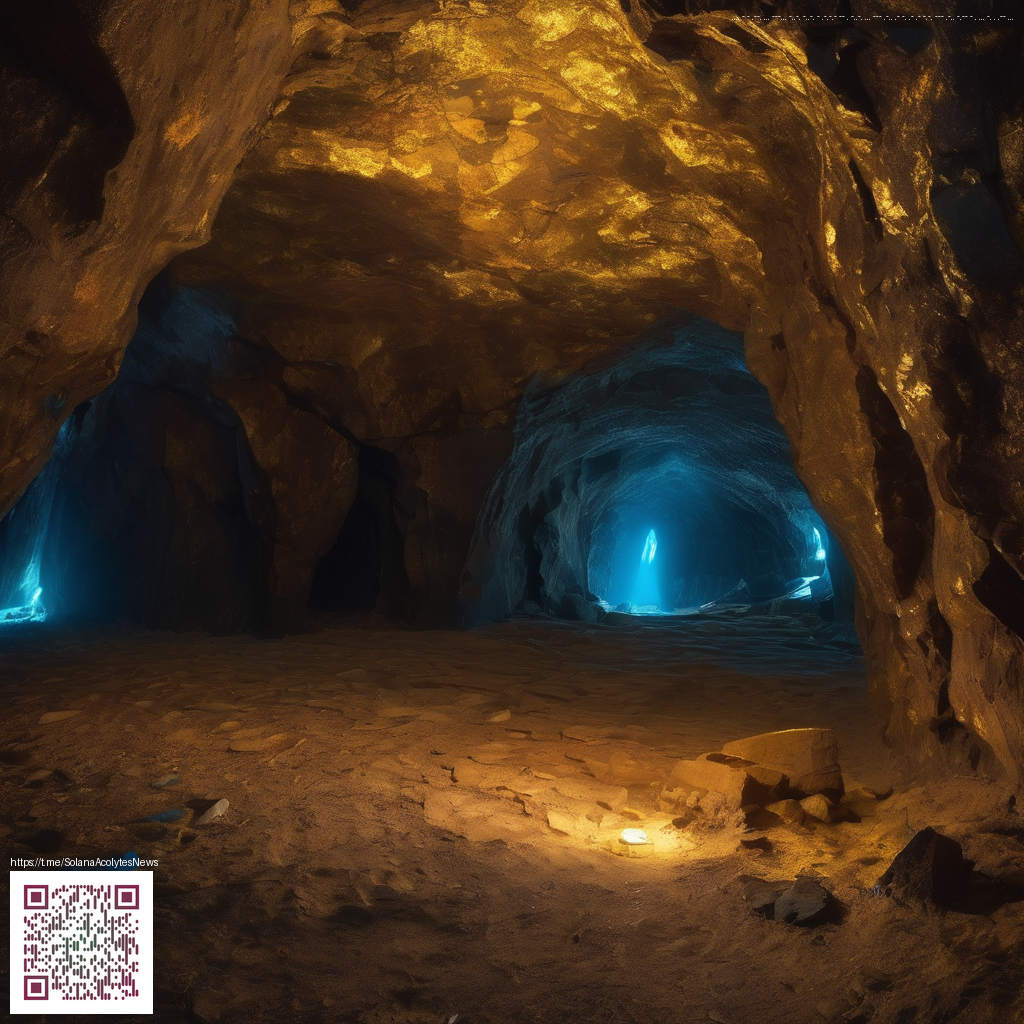
Streamlining Your Desktop: A Practical Guide to Minimalist Icon Packs
Desktop clutter can be more than just an eyesore—it crowds cognitive space and slows down daily tasks. A minimalist icon pack offers a quiet, cohesive language for your apps, reducing visual noise while preserving quick access to the tools you actually use. The goal isn’t to erase personality, but to create a calm, efficient canvas where important icons stand out with intention.
What makes an icon pack minimalist?
At its core, a minimalist icon pack prioritizes clarity, consistency, and restraint. Rather than a riot of chroma and embellishment, these icons lean on simple silhouettes, uniform stroke weights, and a restrained color palette. The result is a grid that feels balanced whether you’re staring at a 13-inch laptop or a 32-inch monitor. Design decisions like rounded corners, subtle shadows, and consistent padding help establish visual rhythm and predictability across your workspace.
“Less is more when icons communicate quickly. A clean set reduces decision fatigue and invites focus on what you’re actually doing.”
Core design principles you can apply today
- Consistency is king: Use a single grid, a uniform icon size (commonly 48px or 56px on desktops), and a matched stroke width across the entire set.
- Neutral palette with a purpose: Favor grayscale baselines with 1–2 accent hues to highlight priority apps, keeping distractions to a minimum.
- Legible labeling or iconic shorthand: Decide whether your icons rely on recognizable imagery or minimalist glyphs, and apply the same rule across the pack.
- Clear spacing and alignment: Align icons to a clean baseline grid and maintain consistent margins to achieve a calm, orderly feel.
- Accessibility matters: Maintain sufficient contrast against the wallpaper and avoid overly thin strokes that may blur at smaller scales.
Tip: create a quick mockup in a design tool, then test it against several wallpapers to ensure legibility remains stable across environments.
A practical workflow for creating your first pack
Starting from scratch can feel daunting, but a repeatable process keeps things moving smoothly. Here’s a straightforward path you can adapt:
- Define your tokens: Choose a color base, one accent color, and a consistent stroke width. Decide on icon sizes (e.g., 48px) and whether to include a hover/press state.
- Sketch and silhouette: Draft simple silhouettes that convey the app’s purpose without unnecessary detail. Test a few variations to see what remains legible at smaller sizes.
- Create vector assets: Build icons in a vector tool so you can scale cleanly. Use rounded corners and crisp geometry to maintain cohesion.
- Export for multiple platforms: Package icons in PNG or SVG formats, ensuring macOS, Windows, and Linux compatibility where needed. Include a transparent background option for versatility.
- Pack organization and naming: Use a consistent naming convention and group icons by app category. A well-structured pack makes future updates painless.
- Test in context: Apply the pack to a clean desktop and a few different wallpapers. Note any icons that lose legibility or clash with background textures.
Throughout this process, keep your end-user in mind. A minimalist pack should feel intuitive, almost invisible—yet when you need a tool, it’s immediately obvious and accessible. If you’re looking for a tangible example of workspace aesthetics that blends function with form, you might explore practical accessories like the Phone Stand for Smartphones — Two-Piece Hardboard Desk Decor on Shopify. It demonstrates how thoughtful product design can complement a serene desk aesthetic without overcrowding the surface. For further inspiration, this example page also offers a curated look at how clean, purpose-driven visuals translate across real-world environments: https://enchanced-static.zero-static.xyz/7ba8a832.html.
When you finish a pack, document the decisions you made—why you chose certain shapes, colors, and spacing—and keep a small style guide. This reference helps future updates stay consistent and makes it easier to iterate as your needs or taste evolve.
Tips for cross-platform consistency
- Design with a universal grid in mind; what looks balanced on macOS should also feel right on Windows.
- Draft both light and dark wallpaper scenarios to ensure contrast remains pleasant in different environments.
- Consider accessibility norms; avoid color-only indicators for critical icons—shape and contrast should carry the message.
- Maintain a minimal footprint—limit the number of accented icons to preserve the calm, uncluttered vibe.